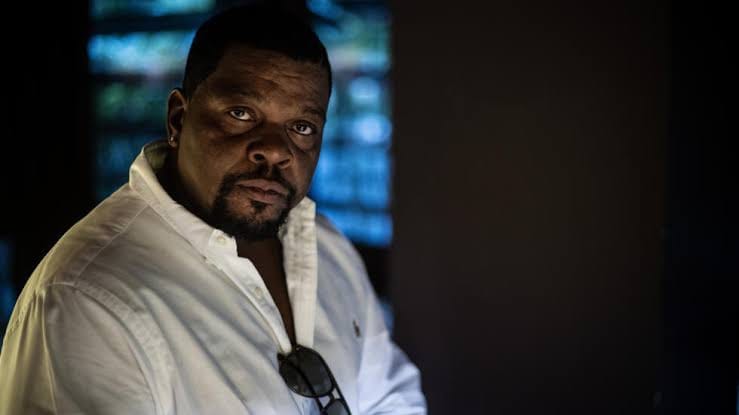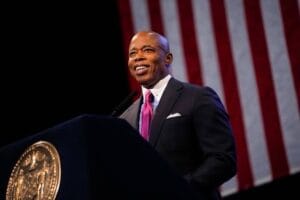Kehinde Wiley: black power painter

Kehinde Wiley made his name painting ordinary African-Americans in classical European style, but after a high-profile commission from Barack Obama he is focusing on a different form of black power with a new show looking at African leaders.
Wiley’s portraits borrow the codes of Old Master paintings usually associated with kings and religious saints, often setting his subjects against wildly colorful and flowery backgrounds.
He gained major renown after being chosen for the official painting of Obama for the National Portrait Gallery in Washington in 2018, with the former president leaning casually forward against a leafy green backdrop.
A new exhibition, showing at the Quai Branly museum in Paris until January, turns that style on very different leaders from across Africa.
But it was actually inspired by Obama long before they met.
“I saw him running for office (in 2007) and I started thinking: ‘It’s impossible… He’ll never become the head of state’,” Wiley told AFP.
“And then I thought: ‘Where are there black presidents?’ And so I started looking at Africa.”
Wiley had 11 African leaders pose for him. They include several who have ruled their countries for decades, such as Rwanda’s Paul Kagame and Congo’s Denis Sassou-Nguesso.
He hopes the paintings open up a discussion about the complex nature of power in Africa, as well as how paintings were traditionally used in Europe as propaganda.
“The simple response is to say: ‘I’m painting dictators.’ But if you look closely, you’ll see this dance between the language of domination and colonialism,” he said.
“It’s about the performance of power… and it’s also an echo from Empire.”
- ‘Hypocrisies of America’ –
Born in 1977 in Los Angeles, Wiley trained in painting but also as a chef, fearing he would never make a career as an artist.
“It was a pipe dream… but I also believed that people respond to authenticity,” he said.
“My work is about the real… about an unfiltered view of what it looks like to be a young black girl in the streets of Brooklyn.”
Studying at the San Francisco Art Institute and then Yale, Wiley felt that representations of black people in art were often confined to slaves and servants.
He preferred to show them in positions of power, and applied a grand style, often bordering on kitsch.
For Obama, however, he had to tone things down.
“Most of my models are not famous. They’re people who are trying to go to work minding their own business, and my work has been to honestly and consistently tell the truth,” he said.
“But Barack Obama has a lot of charisma,” he added. “I had to literally turn down the charisma to create a human being.”
Wiley now divides his time between the United States and West Africa.
“I love going to Senegal and Nigeria to get away from the hypocrisies of America, to get away from the obsession with skin color and race,” he said.
“Each country has their challenges… but West Africa is on the rise,” he added.
“I want to be on the ground as much as I can to bear witness to the full promise of what Africa can achieve.”
by Alexandra DEL PERAL
©️ Agence France-Presse








